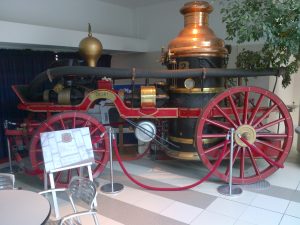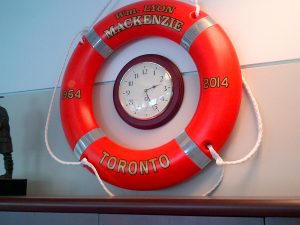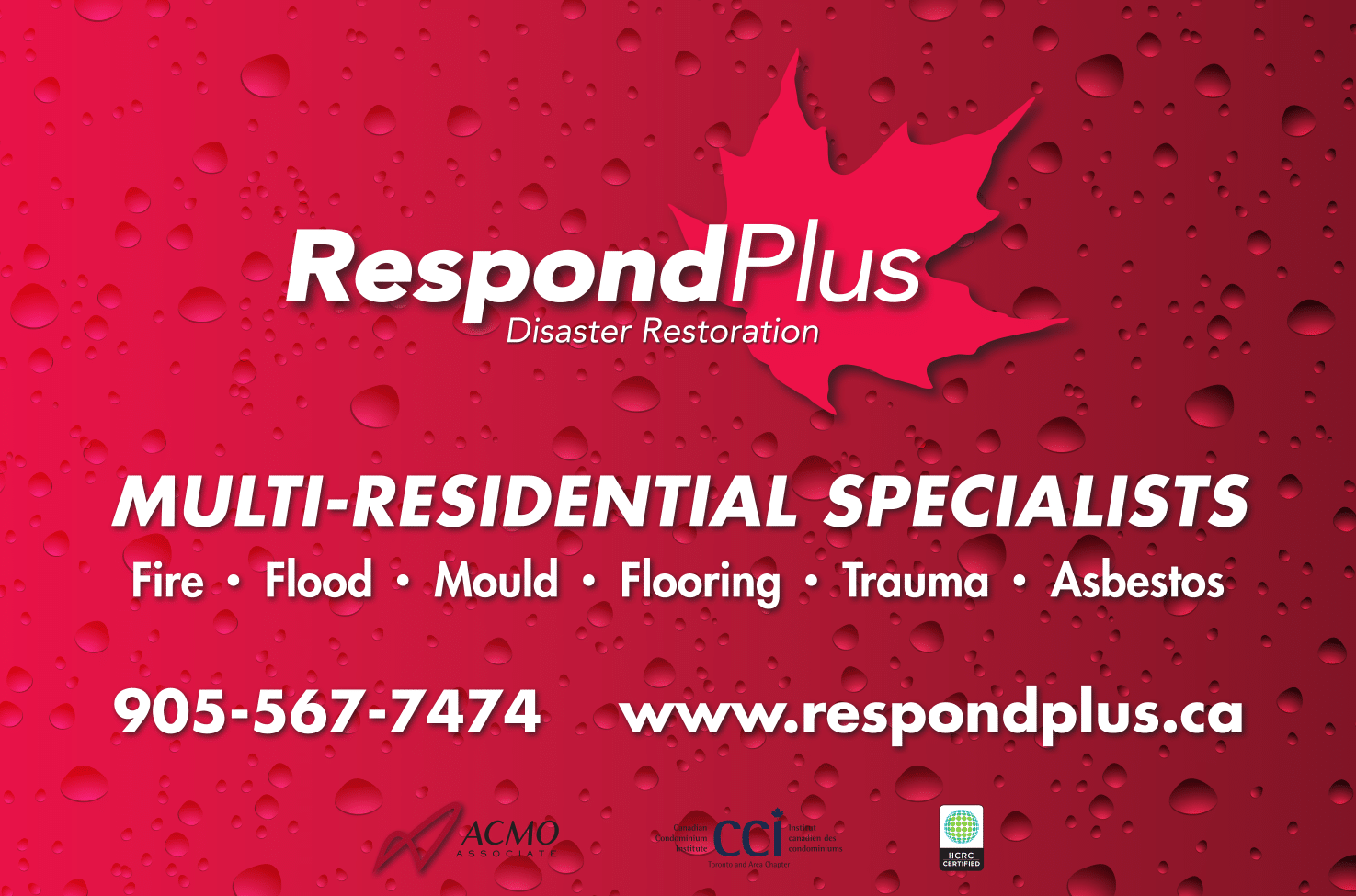June 2015
Building the Vertical City that is Toronto
Building the Vertical City that is Toronto is about how the growth of high-rise towers in Toronto impacts on the lives of condo residents. We explore what living and operating in a vertical city means for residents as well as for the developers, politicians and planners who make decisions that affect the entire city.
Toronto Condo News spoke with J.W. (Jim) Sales, Fire Chief, Toronto Fire Services, about how residential high-rise condo towers impact on dealing with fires and other all-hazard emergencies in Toronto.
 Toronto’s firefighting model was built around a residential environment that did not include as many high-rise buildings as we have today. In a high-rise building, the impact of one fire is significantly greater because there are many more residences. This single fact drives the need for change.
Toronto’s firefighting model was built around a residential environment that did not include as many high-rise buildings as we have today. In a high-rise building, the impact of one fire is significantly greater because there are many more residences. This single fact drives the need for change.
Toronto’s growth has required that it lead the search for a better way to fight fires in high-rise buildings. The city continues to grow upward. In 2013 Toronto Fire Services responded to 109,463 emergency calls and one in three multiple alarms fires occurred in high-rise residential buildings. In other large cities the corresponding figure is around 12%. The annual cost of providing fire and emergency services is approximately $134 per person.
As Toronto continues its vertical growth, all city departments need to reconsider how they deliver their services. Given the consequences of fire, Toronto Fire Services is on the leading edge of these changes. There has been no growth in the size of the fire department since amalgamation in 1998 which means Toronto Fire Services strives to find ways to service a growing population without increased resources.
The challenge of high-rise residential buildings to every aspect of Toronto’s fire and emergency services cannot be understated. As our city becomes increasingly vertical, Toronto Fire Services is responsible for minimizing the number of emergency situations that occur and to provide assistance when necessary.
A recent third party audit of fire services by Fire Underwriters gives Toronto a high grade compared to most cities. The audit gave the city a score of Class 4 (60% to 69%) which increases to Class 3 (70% to 79%) when considering planned improvements. By 2017 it is likely that Toronto will earn Class 2 (80%-89%) – one of the highest ratings in the country. This stellar rating is factored into the relatively low cost of homeowner and renter insurance in Toronto.
High-Rise Towers Require Changes to the Delivery of Fire Prevention Services
 Some condo residents choose not to maintain their in-suite alarms and may argue this is a personal choice. In an emergency, any decision not to maintain working alarms can have dire consequences beyond what would occur in a single family dwelling. A condo suite with a fire, and having no working smoke or carbon monoxide detector, can result in damage and death to neighbours on the same and possibly other floors of a high-rise building.
Some condo residents choose not to maintain their in-suite alarms and may argue this is a personal choice. In an emergency, any decision not to maintain working alarms can have dire consequences beyond what would occur in a single family dwelling. A condo suite with a fire, and having no working smoke or carbon monoxide detector, can result in damage and death to neighbours on the same and possibly other floors of a high-rise building.
Smoke migration typically covers an entire floor in a single family dwelling. In a condo building a floor is much larger than a single family dwelling – it may contain a dozen or more suites – therefore the risk of smoke inhalation is much greater. The consequences of smoke inhalation in a high-rise building can be more hazardous due to the larger number of people impacted.
When a high-rise alarm is triggered, Toronto Fire Services responds with a “First Alarm Assignment” (7 trucks) and if it is a “working fire” additional trucks may be called. A “second” alarm would be a duplicate of the first alarm resources and the alarm may continue to escalate to a third or fourth alarm. A fourth alarm stage results in approximately 28 trucks and 100 plus staff on scene.
Increased road congestion resulting from population growth and related traffic issues slows down response time. Bicycle lanes, for example, can result in narrower roadways which may make it more difficult for emergency vehicles to navigate streets. After arrival at a high-rise building it takes additional time to identify the source or location of a problem due to the vertical challenge.
Ladder trucks (aerials) are less effective as buildings grow to increasing heights. Today’s units only reach the seventh to eighth floor. High-rise fires require a new strategy of fighting fires from within versus outside. New equipment, technology and staffing models will be required to be successful in our vertical cities.
Most building generators are challenged to provide full power and services in the event of large fires in high-rise buildings. Additional methods and equipment are needed such as special high-rise fire pumpers.
Fires and rescues are less dependent on accessing a building from outside using ladder trucks. Firefighters must now enter buildings to reach higher floors. Firefighters now enter with special high-rise kits and specialized equipment is needed for this task.
Policy Decisions Impact on Fire Protection
Toronto Fire Services advocates for all new buildings to include sprinkler systems. This would reduce the risk of a smaller fire spreading and causing greater damage. This could also reduce overall water demands for Toronto. While sprinkler systems add to the cost of condominiums, they can save lives, reduce the severity of fires and require less manpower or equipment.
A recent change in the building code allows six-storey buildings to have wood frames – an increase from the prior four-storey limit for buildings with wood frames. This change will require the buildings to be fully sprinklered and special safety precautions to be put in place during the construction phase.
How Serious is the Problem
Toronto very likely has more high-rise fires than the rest of Canada combined.
There were about 30,000 high-rise alarms a year before implementation of a $1,250 charge per false alarm. This fee has reduced the number of alarms by about 50%.
Public Education and Enforcement
Toronto Fire Services considers fire safety education to be the best way to educate condo residents about fire prevention. They provide education materials and are available to speak with groups about fire safety. Yet education alone is not enough. They also inspect buildings for Fire Code compliance and enforce Fire Code standards. One such example of this is their zero tolerance policy toward smoke alarms not working in high-rise building suites.
Toronto Fire Services Resources:
High-Rise Apartment and Condominium Fire Safety Guide
City of Toronto Fire Prevention Web Page
Alarmed for Life – A Home Fire Safety Kit




